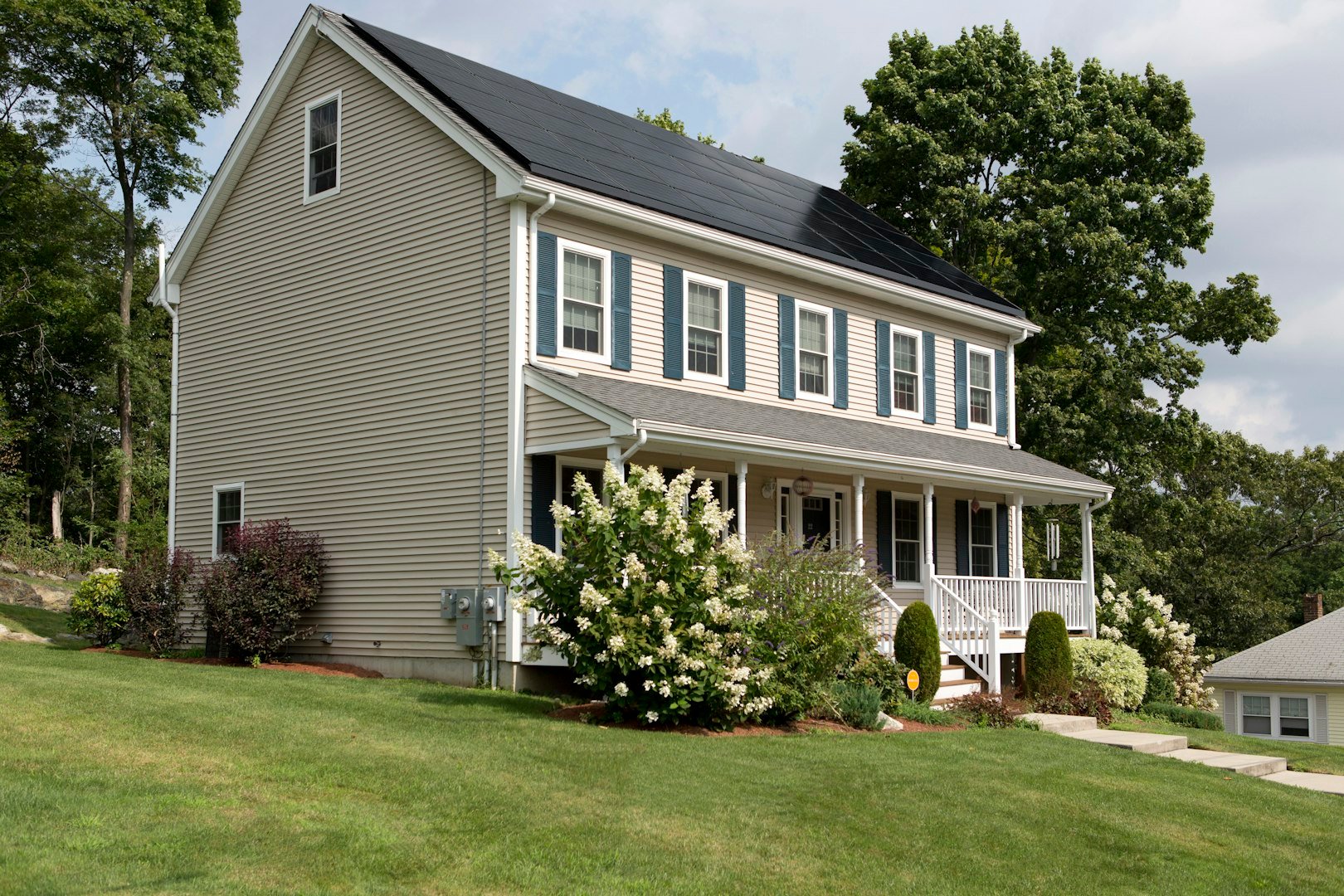Factors Affecting Siding Replacement Costs:
1. Type of Siding
The choice of siding material greatly impacts the overall cost. Common options include vinyl, fiber cement, wood, and metal. Each material comes with its own price range, with vinyl generally being the most affordable and wood or fiber cement often costing more.
2. Size of the Property
The square footage of your home plays a significant role in determining the cost of siding replacement. Larger homes require more materials and labor, thus driving up the overall expense.
3. Siding Design and Complexity
Intricate designs or unique architectural features can increase labor costs. Additionally, if your home requires extensive preparation work, such as removing old siding or repairing underlying structures, expect higher expenses.
4. Labor Costs
Labor rates vary depending on location and the expertise of the contractors. Labor costs may be influenced by factors such as demand, seasonal fluctuations, and the availability of skilled professionals.
5. Additional Features
Factors such as insulation, trim work, window and door surrounds, and the installation of moisture barriers can add to the total cost of the project.
Typical Cost Range for Siding Replacement
While it's challenging to provide an exact figure without assessing the specifics of your home, we can offer a general cost range for siding replacement:
Basic Vinyl Siding: $10 to $12+ per square foot (materials and labor)
Mid-Range Fiber Cement Siding: $13 to $15+ per square foot (materials and labor)
High-End Wood or Metal Siding: $16 to $18+ per square foot (materials and labor)
Keep in mind that these are rough estimates, and actual costs may vary based on the factors mentioned earlier.
Tips for Cost-Effective Siding Replacement:
Research Different Materials: Explore various siding options and consider their long-term durability, maintenance requirements, and energy efficiency to find the best balance between cost and quality.
Plan Ahead: Schedule your siding replacement during off-peak seasons when contractors may offer lower rates. Additionally, planning ahead allows you to budget for unexpected expenses and avoid rushed decision-making.
Maintain Your Siding: Regular maintenance can prolong the lifespan of your siding, reducing the need for premature replacement. Simple tasks such as cleaning, inspecting for damage, and promptly addressing issues can save you money in the long run.
Replacing siding is a significant investment, but it's one that can enhance the beauty, functionality, and value of your home. By understanding the typical costs involved and considering the factors outlined in this blog post, you can make informed decisions that align with your budget and goals. Remember to consult with experienced professionals to ensure a successful siding replacement project.

